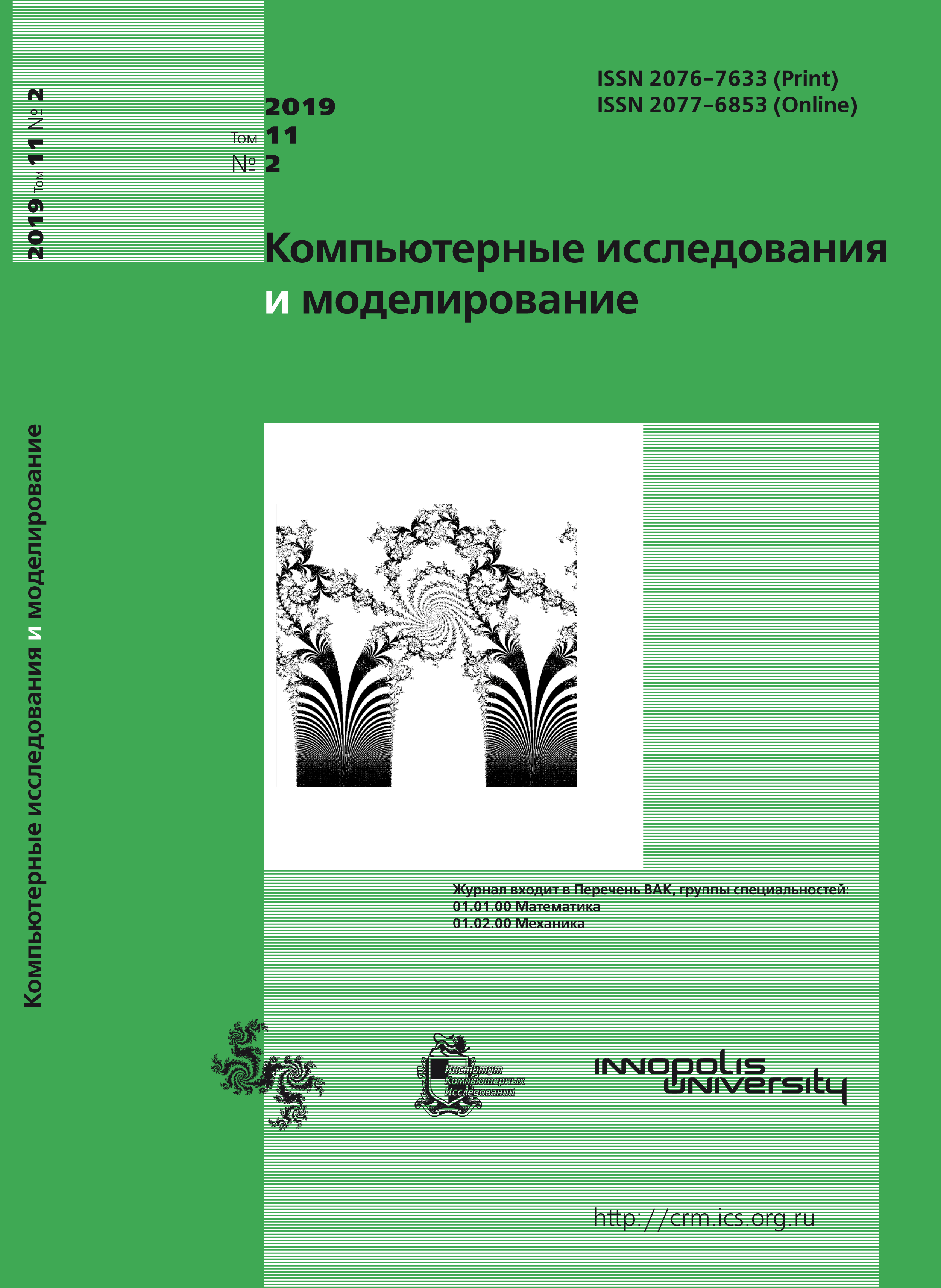All issues
- 2025 Vol. 17
- 2024 Vol. 16
- 2023 Vol. 15
- 2022 Vol. 14
- 2021 Vol. 13
- 2020 Vol. 12
- 2019 Vol. 11
- 2018 Vol. 10
- 2017 Vol. 9
- 2016 Vol. 8
- 2015 Vol. 7
- 2014 Vol. 6
- 2013 Vol. 5
- 2012 Vol. 4
- 2011 Vol. 3
- 2010 Vol. 2
- 2009 Vol. 1
Model for operational optimal control of financial recourses distribution in a company
A critical analysis of existing approaches, methods and models to solve the problem of financial resources operational management has been carried out in the article. A number of significant shortcomings of the presented models were identified, limiting the scope of their effective usage. There are a static nature of the models, probabilistic nature of financial flows are not taken into account, daily amounts of receivables and payables that significantly affect the solvency and liquidity of the company are not identified. This necessitates the development of a new model that reflects the essential properties of the planning financial flows system — stochasticity, dynamism, non-stationarity.
The model for the financial flows distribution has been developed. It bases on the principles of optimal dynamic control and provides financial resources planning ensuring an adequate level of liquidity and solvency of a company and concern initial data uncertainty. The algorithm for designing the objective cash balance, based on principles of a companies’ financial stability ensuring under changing financial constraints, is proposed.
Characteristic of the proposed model is the presentation of the cash distribution process in the form of a discrete dynamic process, for which a plan for financial resources allocation is determined, ensuring the extremum of an optimality criterion. Designing of such plan is based on the coordination of payments (cash expenses) with the cash receipts. This approach allows to synthesize different plans that differ in combinations of financial outflows, and then to select the best one according to a given criterion. The minimum total costs associated with the payment of fines for non-timely financing of expenses were taken as the optimality criterion. Restrictions in the model are the requirement to ensure the minimum allowable cash balances for the subperiods of the planning period, as well as the obligation to make payments during the planning period, taking into account the maturity of these payments. The suggested model with a high degree of efficiency allows to solve the problem of financial resources distribution under uncertainty over time and receipts, coordination of funds inflows and outflows. The practical significance of the research is in developed model application, allowing to improve the financial planning quality, to increase the management efficiency and operational efficiency of a company.
Copyright © 2019 Orlova E.V.
Views (last year): 33.Indexed in Scopus
Full-text version of the journal is also available on the web site of the scientific electronic library eLIBRARY.RU
The journal is included in the Russian Science Citation Index
The journal is included in the RSCI
International Interdisciplinary Conference "Mathematics. Computing. Education"







